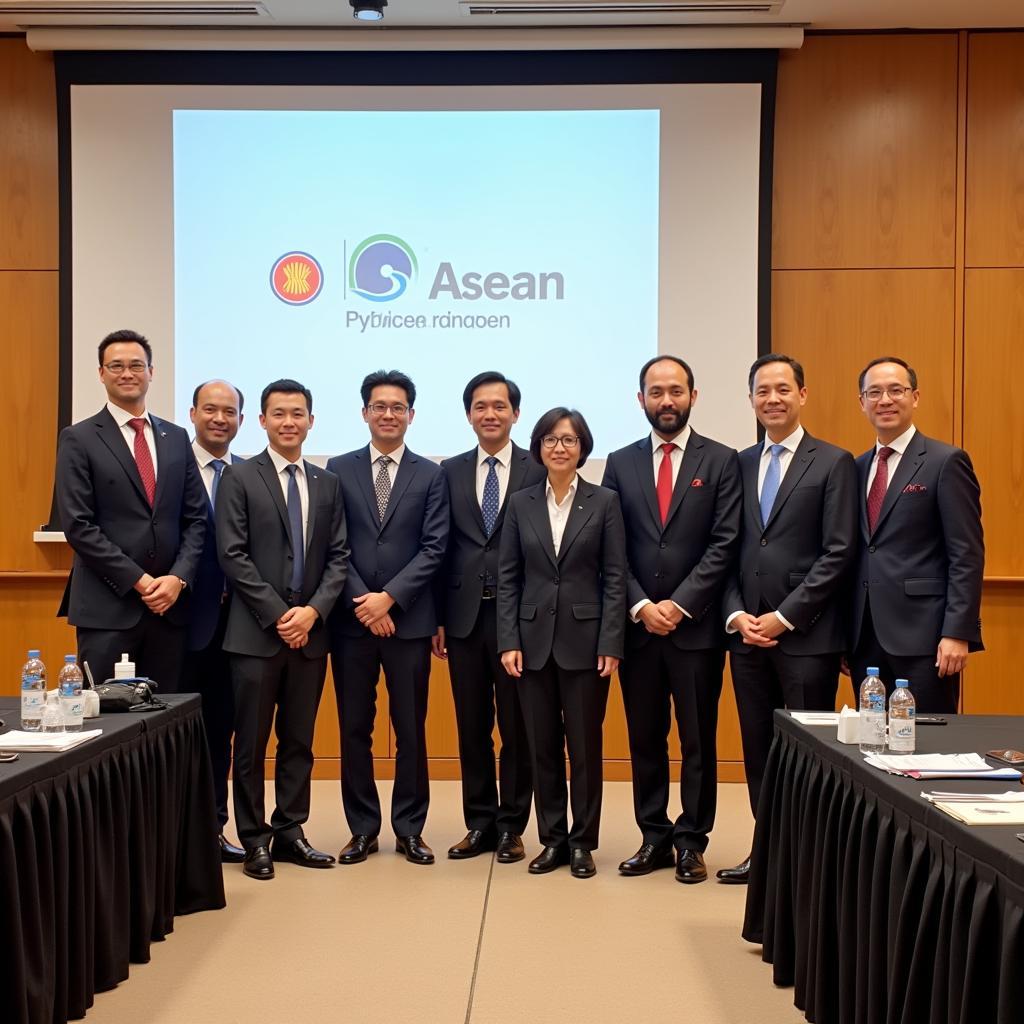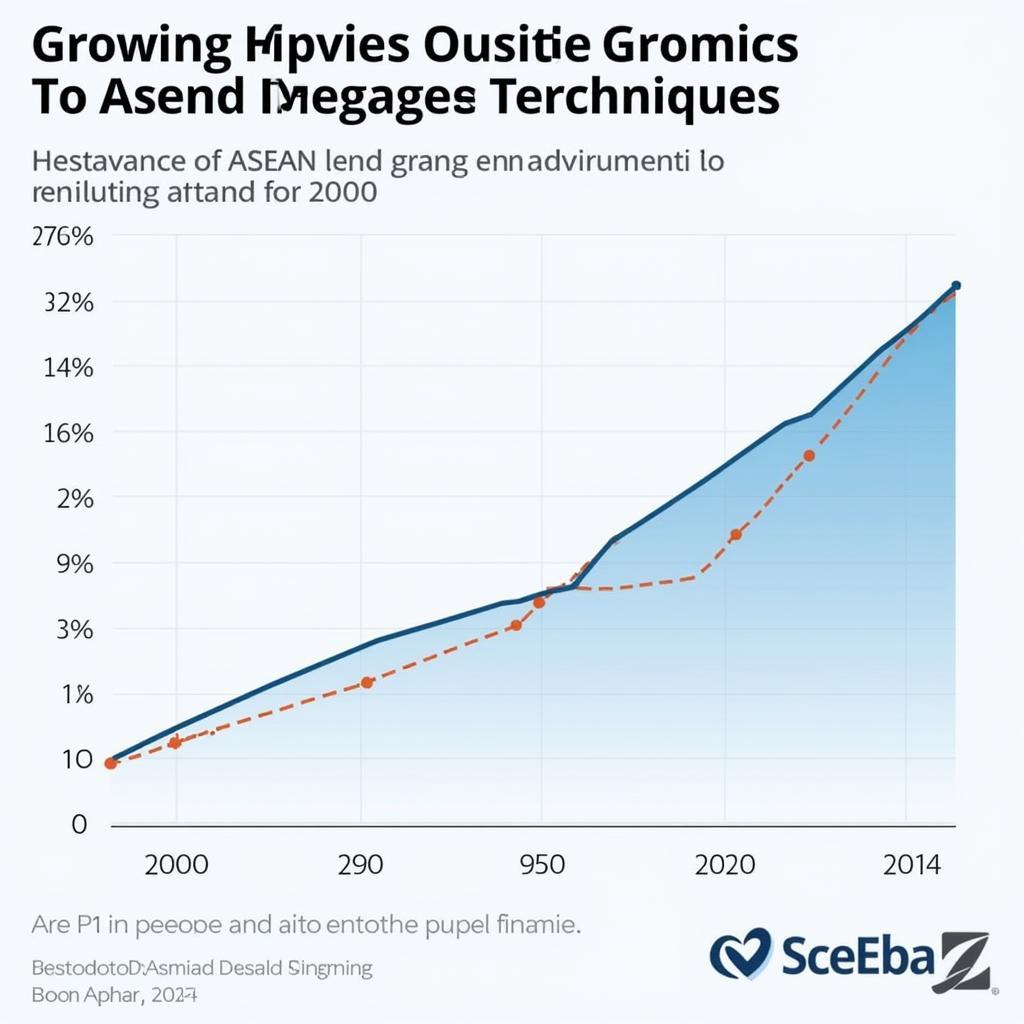The concept of a carbon-neutral future is gaining momentum globally, and Southeast Asia is no exception. With its burgeoning economies and increasing energy demands, the region is actively seeking sustainable energy solutions. One such solution that is attracting significant attention is “Asean free hydrogen.” This article delves into the potential of Asean free hydrogen in driving the region towards a greener future.
What is Asean Free Hydrogen?
Asean free hydrogen refers to hydrogen produced in the ASEAN region using renewable energy sources, primarily solar, wind, and hydro power. The process involves using these energy sources to power electrolysis, which splits water into hydrogen and oxygen. The hydrogen produced is “free” from carbon emissions, making it a clean and sustainable energy carrier.
Why is Asean Free Hydrogen Important?
The significance of Asean free hydrogen lies in its potential to address several pressing challenges facing the region:
- Energy Security: ASEAN countries are heavily reliant on fossil fuels, making them vulnerable to price volatility and supply disruptions. Asean free hydrogen offers a domestically produced and sustainable energy source, enhancing energy security.
- Climate Change: As a major carbon emitter, Southeast Asia needs to transition to cleaner energy sources to mitigate its environmental impact. Asean free hydrogen provides a pathway to decarbonize various sectors, including transportation, power generation, and industry.
- Economic Opportunities: The development of a hydrogen economy in ASEAN presents significant economic opportunities. It will attract investments in renewable energy infrastructure, create new jobs, and foster technological advancements.
Challenges and Opportunities
While the potential of Asean free hydrogen is vast, several challenges need to be addressed:
- Cost Competitiveness: Currently, the production cost of green hydrogen is higher than fossil fuels. Overcoming this cost barrier requires technological advancements, economies of scale, and supportive policies.
- Infrastructure Development: A robust infrastructure is crucial for the production, storage, transportation, and distribution of hydrogen. This includes building dedicated pipelines, storage facilities, and refueling stations.
- Policy Framework: Governments need to establish clear policy frameworks to incentivize investments in green hydrogen production and create a conducive market environment.
 ASEAN Hydrogen Infrastructure Development
ASEAN Hydrogen Infrastructure Development
ASEAN’s Green Hydrogen Initiatives
Recognizing the transformative potential of hydrogen, several ASEAN countries have already embarked on initiatives to develop their green hydrogen sectors:
- Singapore: As a frontrunner in the region, Singapore is actively positioning itself as a global hub for hydrogen trading and technology development.
- Malaysia: With its existing expertise in oil and gas, Malaysia aims to leverage its infrastructure and skilled workforce to become a key player in the hydrogen supply chain.
- Thailand: Thailand has announced ambitious plans to become a major green hydrogen exporter, targeting production for both domestic use and international markets.
The Future of Asean Free Hydrogen
The journey towards a hydrogen-powered future in ASEAN is still in its early stages. However, the growing momentum, supportive policies, and increasing investments paint an optimistic outlook.
 ASEAN Green Hydrogen Collaboration
ASEAN Green Hydrogen Collaboration
Asean free hydrogen has the potential to:
- Reshape the energy landscape: Reducing reliance on fossil fuels and creating a more diversified energy mix.
- Drive economic growth: Attracting investments, creating jobs, and fostering innovation in renewable energy technologies.
- Position ASEAN as a global leader: In the transition to a low-carbon future, showcasing the region’s commitment to sustainability.
Conclusion
Asean free hydrogen is not just an energy solution; it represents a pathway towards a more sustainable and prosperous future for the region. By embracing this opportunity, ASEAN countries can unlock significant economic, environmental, and social benefits. As the world moves towards a greener future, ASEAN has the potential to emerge as a leader in the global hydrogen economy.
FAQ
1. What are the main applications of green hydrogen?
Green hydrogen can be used in various sectors, including transportation (fuel cell vehicles), power generation (replacing fossil fuels in power plants), and industries (steel production, ammonia synthesis).
2. What are the environmental benefits of Asean free hydrogen?
Asean free hydrogen, being produced from renewable energy sources, eliminates carbon emissions, reduces air pollution, and contributes to mitigating climate change.
3. How can ASEAN overcome the cost challenges associated with green hydrogen?
Advancements in electrolysis technology, economies of scale through increased production, and supportive government policies can help reduce the cost of green hydrogen and make it more competitive.
4. What role can international collaboration play in promoting Asean free hydrogen?
International collaboration is crucial for knowledge sharing, technology transfer, joint research and development, and attracting foreign investments in the ASEAN green hydrogen sector.
5. What is the long-term vision for Asean free hydrogen?
The long-term vision is to establish a fully integrated hydrogen economy in ASEAN, with a robust infrastructure, supportive policies, and widespread adoption of green hydrogen across various sectors.
For further information and assistance regarding Asean’s promising venture into the world of free hydrogen, please contact us at:
Phone Number: 0369020373
Email: [email protected]
Address: Thon Ngoc Lien, Hiep Hoa, Bac Giang, Vietnam.
Our dedicated customer service team is available 24/7 to assist you.

